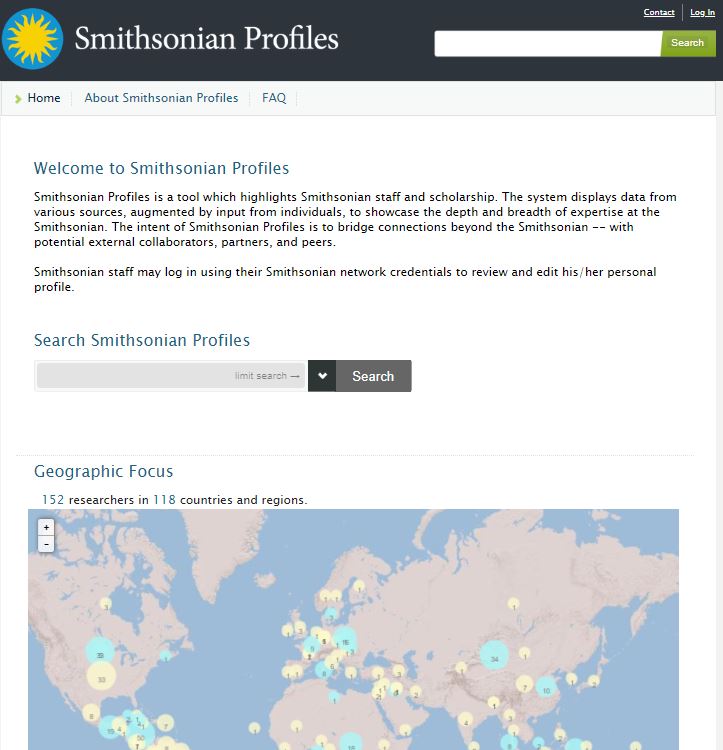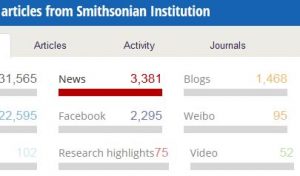Aloha! I’m a second-year graduate student with the University of Hawaii’s LIS program, planning to graduate with an MLISc and a certificate in Archival Studies, in May 2017.
In this tech-driven world we live in, librarianship has evolved to include positions that specialize in caring for digital objects and collections. This summer, I was fortunate to have the opportunity to intern with the Digital Programs and Initiatives Division at Smithsonian Libraries, through the Minority Awards Program. Under the supervision of Joel Richard, Head of Web Services, I worked on three digital projects that focused on expanding the reach of the Libraries’ collections.







